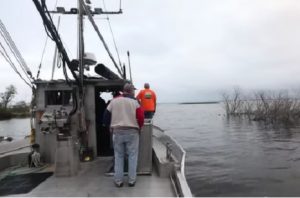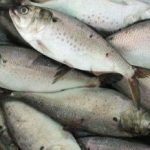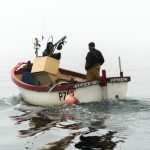Tag Archives: Fish and Wildlife Research Institute
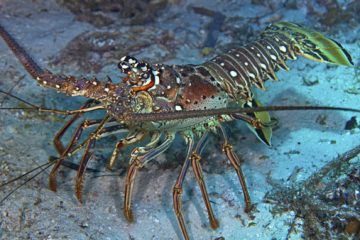
Spiny lobster season kicks off amid an unexplained population drop
The Caribbean spiny lobster commercial fishery in Florida average more than 5 million pounds per year,,, Valued at more than $40 million, the spiny lobster fishery is the second most lucrative commercial fishery in the state, behind shrimp.,, Since the 1990s, the population of the Caribbean spiny lobster has decreased 20%, which matters, not only to fisheries and spiny lobsters, but also to the entire food chain of Florida’s waters. “They’re a main food item for every other organism in the Florida Keys. Everything wants to eat little lobsters from snapper, grouper, even some herons. Matthews said while the American lobster is a “mean, nasty animal” not afraid to “fight to the death,” the Caribbean spiny lobsters are just the opposite. “They love to be in groups. They defend each other, and they are very social animals. >click to read< 12:04
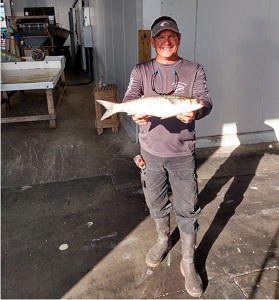
The mullet are runnin’
It’s beginning to look a lot like Christmas in Cortez. Around this time of year, the mullet run in local waters and commercial fishers give chase. “The mullet run is a term used to describe the spawning migration,”,, Like other fish from rivers, estuaries and bays, mullet congregate and then run in schools to offshore environments to complete the spawning cycle. John Banyas, owner of Swordfish Grill & Tiki Bar, N.E. Taylor Boatworks, Killer Bait and the Cortez Bait and Seafood fish house on the waterfront in Cortez, says this year’s run is “better than last year.” >click to read< 13:40
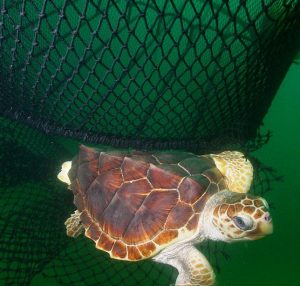
Nearly 300 Sea Turtles Dead as Red Tide Plagues Southwest Florida
Hundreds of sea turtles have washed up dead along the southwest Florida coast as an ongoing red tide event persists in the waters. The Florida Fish and Wildlife Conservation Commission has logged 287 sea turtle deaths since the virulent algal bloom started in October, the Associated Press reported. That figure is twice the average number of turtle deaths in those waters each year, Allen Foley of the commission’s Fish and Wildlife Research Institute told the AP on Thursday. Foley explained that the turtles get sick and die when their food gets contaminated by toxic bloom. >click to read<19:09



































